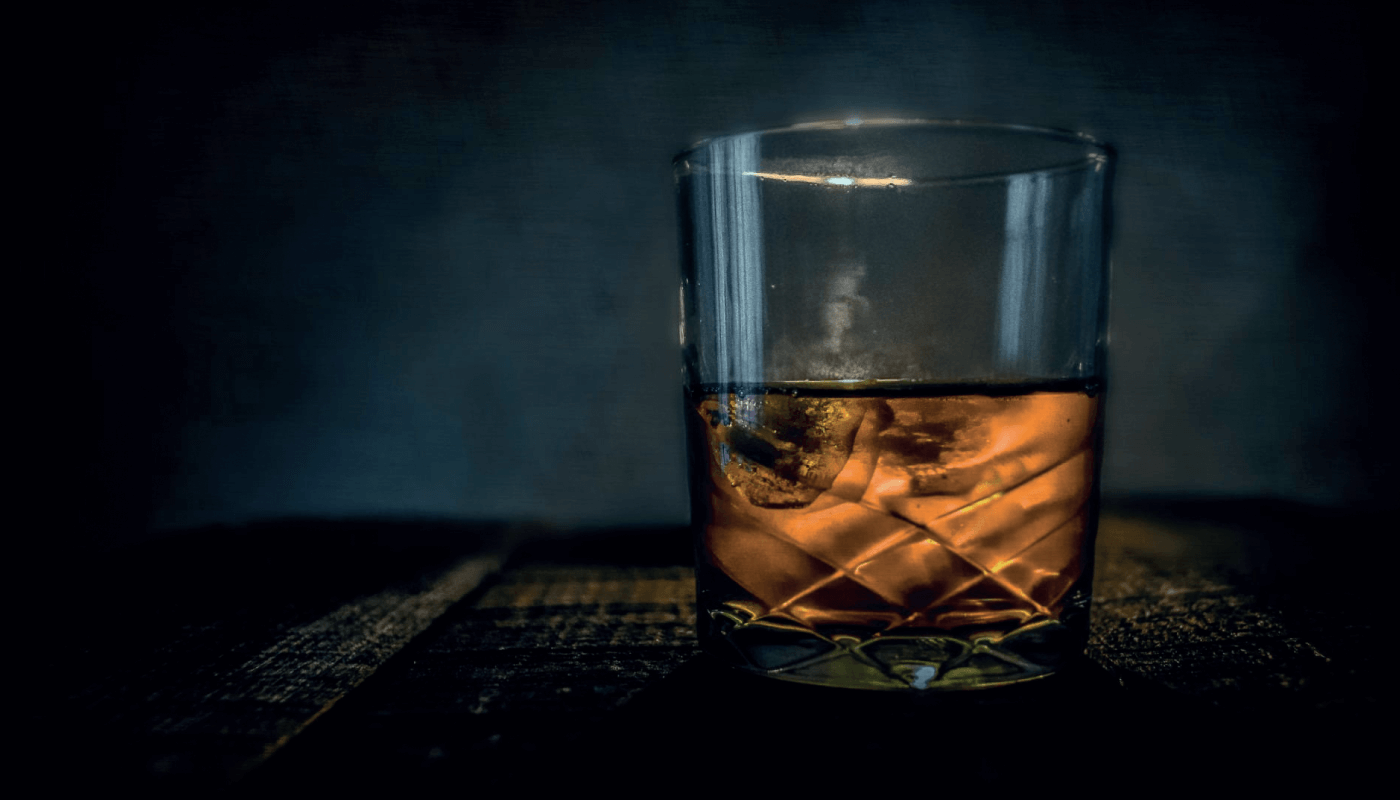
According to the European Union’s Intellectual Property Office, counterfeit drinks cost the EU €1.3 billion in lost revenue each year. Kishan Dholakia and his team from the University of St Andrews in Fife, Scotland, set out to find a way to catch the crooks in a non-destructive manner – saving the liquor for the whiskey lovers.
They used fluorescence and Raman spectroscopy to collect the unique spectral signatures of different whiskeys. Importantly, the new method allows the spectra of the golden liquid to be directly collected from within the glass bottle.
“We generated a unique beam that looks like a ring on the glass surface and then focuses to a concentric set of rings with a small spot inside the liquid,” says Dholakia. The approach is more straightforward and accurate compared with similar techniques. And it can be applied to other alcoholic beverages (including gin, vodka, and wine) or olive oil – another commonly counterfeited commodity. In the future, the team hopes to use the same principle for collecting Raman spectra at depth in biological tissues.
References
- H Fleming et al., Anal Methods, 12, 4572 (2020). DOI: 10.1039/D0AY01101K




